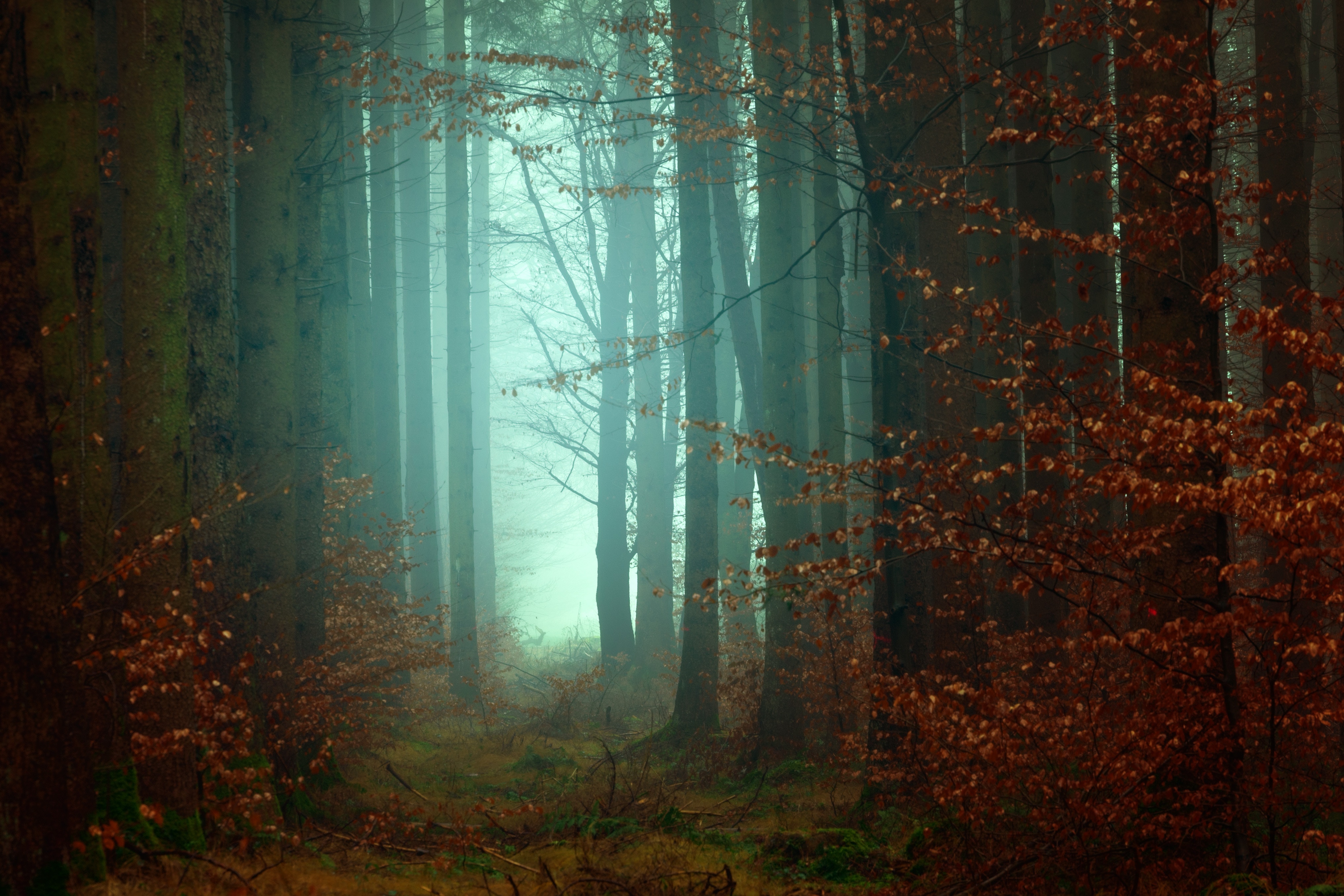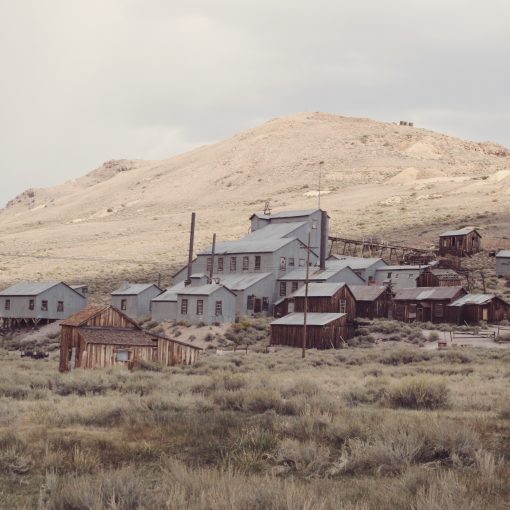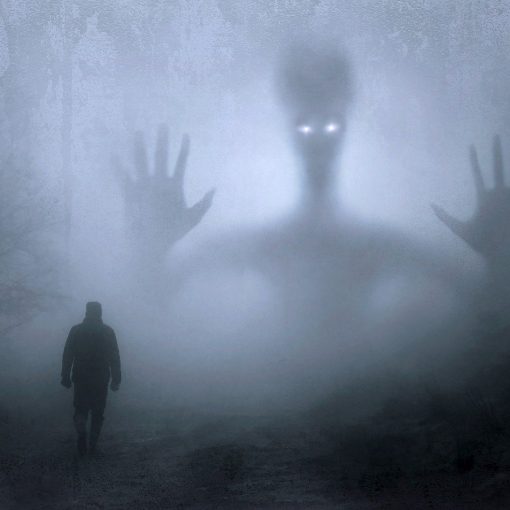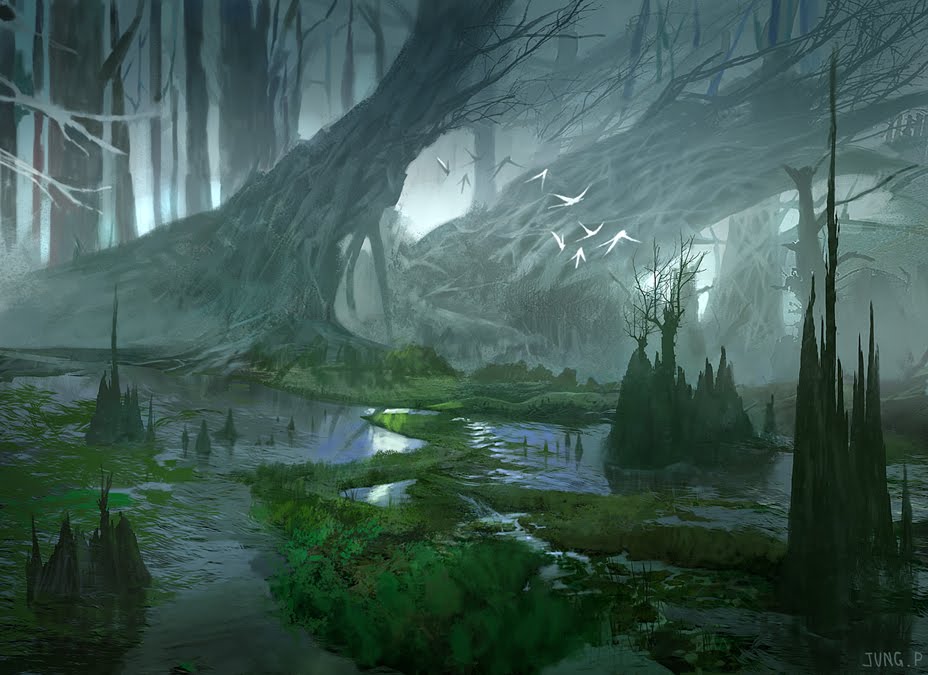As always, the full series can be found here.
As I work through the playable races in the setting, I’ll be grouping them by where they are most likely to be found. In the last post, I covered the PHB races (minus Halflings and Drow, which won’t appear in the setting). In this week’s post, I’m moving on to supplemental material. I tend to lean on already-published material from both first- and third-party sources when world building, and this time will be no different.
I’ll be organizing this post and the next ones in the same series by region type. As I mentioned last time, there are three general “classes” of region I’m working with, at least initially. There are the Grim Cities, The Counties, and The Wilds. This post will cover the races found in The Wilds as their primary home. The Wilds is a catch-all term for untamed, uncivilized natural areas, regardless of specific climate. It isn’t a specific place, but rather a type of place.
Guardians of the Forest
The Wilds have both benign and sinister sides – let’s focus on the benign first. These races are generally friendly and welcoming toward outsiders and tend to only be dangerous if you’re doing something they feel they need to stop. All of them include individuals that deviate from the norm, of course, but as a general rule, you can typically count on these groups to be good neighbors and helpful to adventurers, if not adventurers themselves.
Firbolg are found on page 107 of Volo’s Guide to Monsters. They’re big, beefy humanoids that tend strongly toward goodness and have some limited ability to communicate with nature directly. They’re as good a place to start as any, and are definitely in the setting. I’ll probably even keep the tribal/clan structure. I like the idea of clans of nature guardians that will still help people out, and the somewhat exotic nature of their appearance when contrasted with the other races helps drive home the remoteness of the area they live in, or at least it could. They’ll generally try to keep civilization at arm’s length, but tend to be civil and peaceful about it unless given no other choice. Many Firbolg clans will negotiate mutually-beneficial agreements with communities in The Counties. They have no patience at all for the rapaciousness of the Grim Cities, however, and will fight like cornered animals against their minions.
Alseid are found on page 3 of Midgard Heroes by Kobold Press, and they’re best described as “deer-taurs.” They’re smaller and sneaker than centaurs, and have antlers and the body of a deer rather than the body of a horse. They’re also described as being nature guardians. Unlike the beefy, powerful Firbolg, they’re fast and stealthy. There’s a lot of room for a more individualistic nature guardian here – and the racial speed and stealth lend themselves to interesting class choices. On the one hand, one could lean into the speed and stealth and go with something like a Rogue or Ranger, but you could also make a pretty amazing Fighter or Barbarian, and a more fragile primary spellcaster like a Warlock or Sorcerer would probably benefit a lot from some sneakiness and the ability to “kite” enemies around. Alseid will either protect a relatively small area or will go on the road as adventurers, proactively taking steps to curtain the destruction of the natural world.
Orcs are statted out on page 120 of Volo’s guide. I’m kind of sick of them as bloodthirsty raiders, so I’ve decided to go a different route. Orcs are more like herding tribesmen – they’re tough and solid and you definitely don’t want to pick a fight with one for no reason, but on the other hand, they’re also not a bunch of bloodthirsty savages. These big, hardy people are mostly found in hilly or mountainous areas. They raise sheep, goats, and alpacas, depending on the local climate. Physically-speaking, they look much more like the orcs from the recent movie Bright than the ones depicted in the Monster Manual. There’s a surprisingly-active wizard culture among them. Orcish wizards tend to use layered sheets of hide draped over their bodies as a spellbook. Culture-wise, they’re semi-nomadic, moving through a circuit of about 3 areas over the course of a year. They aren’t so much nature guardians as nature dwellers. While they prefer a more remote and peaceful home to one closer to civilization, they’ll either adapt or move, rather than working against the spread of technological civilization into their lands.
Kenku appear starting on page 110 of Volo’s Guide. Honestly, after having played in Grant’s game for a while, I can hardly imagine not having them. However, they are also very metal. The black feathers and long beak, combined with the hooded garb they like to wear, evokes the image of a plague doctor. Culturally, they operate similarly to the Orcs; they generally prefer to live in remote areas and mostly keep to themselves.
Silva are described starting on page 3 of the Sprouting Chaos Player’s Companion. They are a humanoid plant race, and have some odd traits, like their ability to substitute 4 hours of sunbathing (and the photosynthetic processes that enables) for 8 hours of sleep and some food. Like Alseids, I view these folks as solitary and probably also driven at least somewhat by curiosity.
Nature, Red in Tooth and Claw
Nature also has a predatory side. Members of these races won’t necessarily be evil, but they tend to be more difficult to deal with than the ones above; where an Orc or a Firbolg will invite you in to share a meal and get to know you if you approach them as a friendly party, the races below may try to drive you off or may even look at you as food. Others may simply hide and try to avoid notice. Once again, though – members of these races are individuals and won’t all conform to some cultural stereotype.
Awakened Blights can be found starting on page 5 of the Sprouting Chaos Player’s Companion. They are just what they sound like – twig, needle, or vine blights that have been awakened to a higher level of intelligence. Unfortunately, this increased intelligence usually doesn’t change their disposition much. As products of evil magic, they do tend to be pretty nasty by default, and often enforce territory by killing interlopers. Fortunately, they tend to be loners or operate in small groups of 2-4.
Lizardfolk appear on page 111 of Volo’s guide. They aren’t so much hostile as just very alien in their thinking. Very deadpan and emotionless, they also are very low on empathy. If they’re hungry and a creature, even an intelligent one, might make a good meal, there’s a solid chance that creature will become food. They tend to band together in large groups and work well as a team, but their cold-bloodedness makes it hard to call them friends or allies. That same lack of emotion makes them very straightforward, however – most lizardfolk don’t see a lot of utility in being manipulative or subtle.
Shadar-Kai are described on page 6 of the Dark Arts Player’s Companion. They are a creepy, death-infused bunch that live out in the wilds. They are known to have dealings with the Grim Cities, often as mercenaries, but have very strong cultural taboos against tolerating the undead, which makes them somewhat choosy about which Grim Lords they will work for. They tend to work in small strike teams when employed as mercenaries, and these same teams make up patrols or hunting bands around their homelands. They are not very welcoming and will often kill others they come across without warning or stated reason.
Naga are found on page 21 of Planeshift: Amonkhet. Not to be mistaken for the Yuan-Ti (whom they despise) the naga are still dangerous folks to be approached with caution. Their arid homes are harsh and dangerous, and naga are used to fighting for their own survival. Many of them are suspicious of newcomers and wary of changes in their environment, and between their natural weapons and sudden bursts of speed, they can be absolutely lethal in a confrontation. They can be good, loyal friends to those they find trustworthy, but earning their trust isn’t easy. Unlike the description in the book, naga in the setting are honor-focused and gravitate slightly lawful alignments.
Playlist:
Life Finds a Way by Hellion Prime
– the one and only song I know of about natural selection. Fun and catchy, but not what
I’d call “deep.” Still, points for using a Jurassic Park quote?
Fury of the Wild – a pretty
standard (by which I mean fun and awesome) Hammerfall song. Lots of fantasy theming – would
work well as a theme song for a barbarian.
Photo by Johannes Plenio on Unsplash




